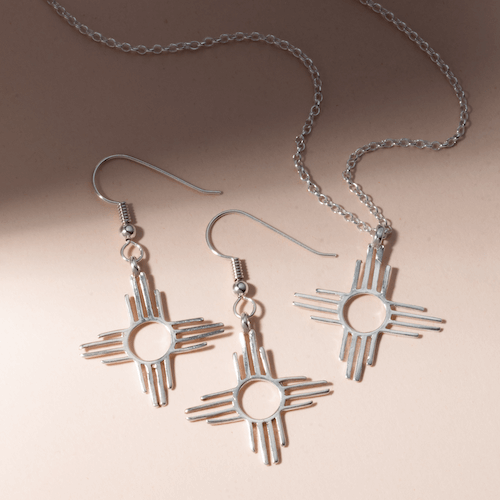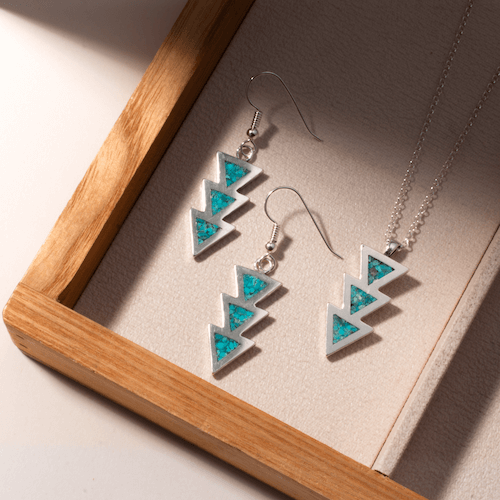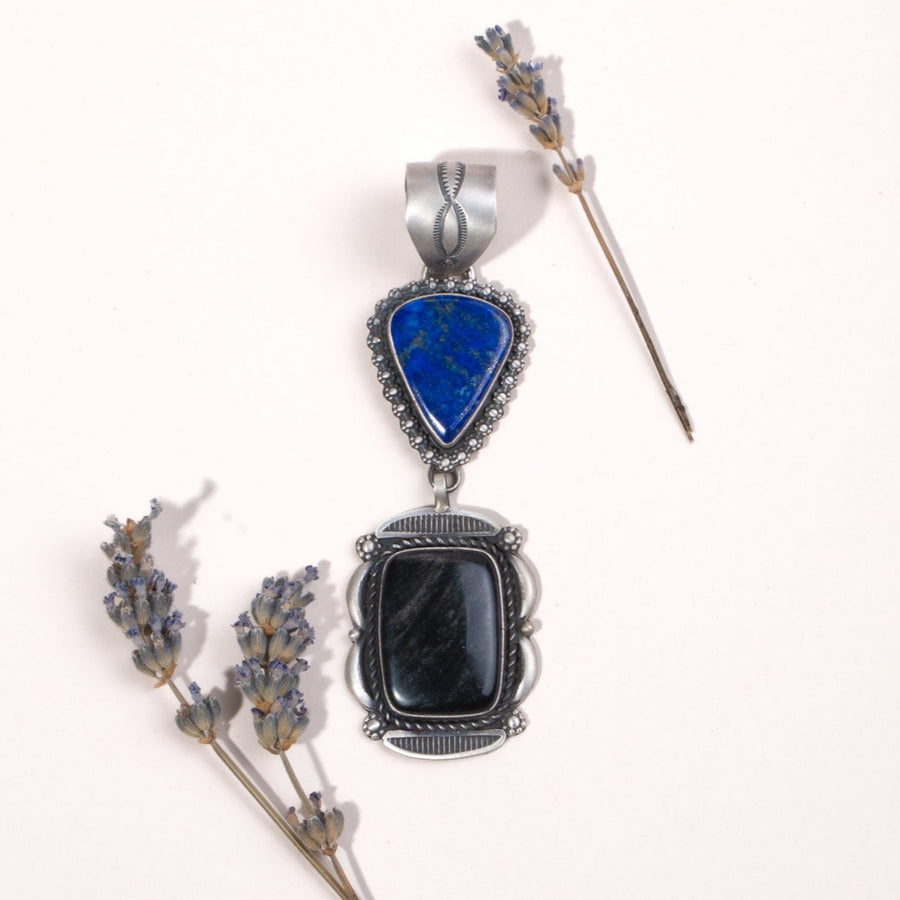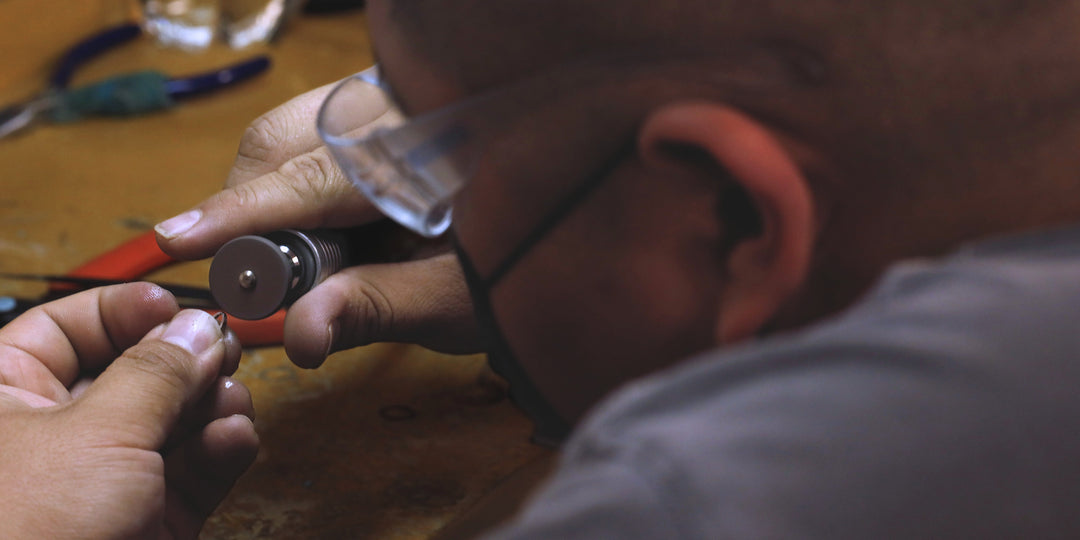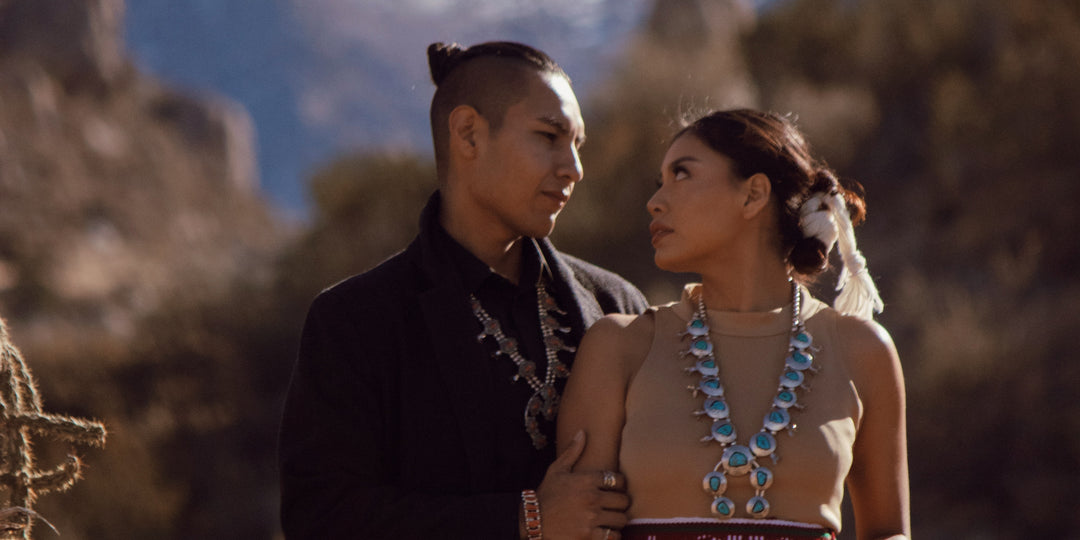Perseverance Through Fry Bread

Fry bread is a tradition claimed by different tribes but beloved by all. Its history reflects the culture as well as the hardship of Native Americans, something which keeps it a part of the continuing fabric of their lives in the modern world. Today it is a symbol of their ability to overcome adversity and adapt to changing times.
Almost unique in its simplicity, fry bread became a staple of Navajo life following the tragic three- hundred-mile journey known as the Long Walk. The Navajo were removed from their homelands to make way for white settlers. This forced removal not only separated them from their sacred mountains, but also from their ability to follow their traditional diet of vegetables and beans. Food is a strong component of Native culture, an important element in who they were and how they lived. When they were placed on the reservation, the Navajo found themselves dependent on the federal government for their survival. This dependence on government favor meant dependence on the allotments of food they were granted, food very different from what they were used to.
Flour, lard, salt, yeast and powdered milk were their new staples, replacing their beloved squash and beans. Often these supplies were spoiled, making the usable supply that remained even more important. With their typical strength and creativity, the Navajo adapted these strange ingredients into a new food: pieces of fried dough that could sustain them through the year. Their small rations of meat and vegetables could be stretched by combining them with the bread. It was a way to survive the oppression environment they found themselves in.
Today fry bread is one of the most adaptable foods for the people. It can be the foundation for a meal, such as in an Indian taco, an easy side dish, or a sweet treat, its crusty exterior drizzled with honey. Through the years fry bread has become associated with Native peoples. Even their Anglo neighbors enjoy its taste and versatility. It can be found in homes, restaurants, fairs and roadside stands. There are even those who make their living selling it. Out of its oppressive beginnings, fry bread has offered Native people the reminder that they have overcome adversity before and can do so again.
Not everyone treats fry bread as a sacred thing. There are those today who see the staple as yet another way the government has harmed Native people. The use of lard and its high carbohydrate content, some feel, has contributed to the high incidence of diabetes among Native Americans. Rather than a symbol to be embraced, they see the bread as a part of a past that should be ignored.
Yet fry bread endures, because many see it as a symbol of the perseverance of the tribes amid all their suffering. Fry bread is a traditional favorite at pow-wows and other celebrations and a staple in the home. Its adoption by other tribes has strengthened its cultural relevance. Its simplicity has become a symbol for many. As Native author Sherman Alexie puts it, "fry bread is the story of our survival.” It is a survival filled with pain and adversity, but also persistence and creativity. As symbols go, fry bread is a good one to show how Native people can not only survive, but thrive.


